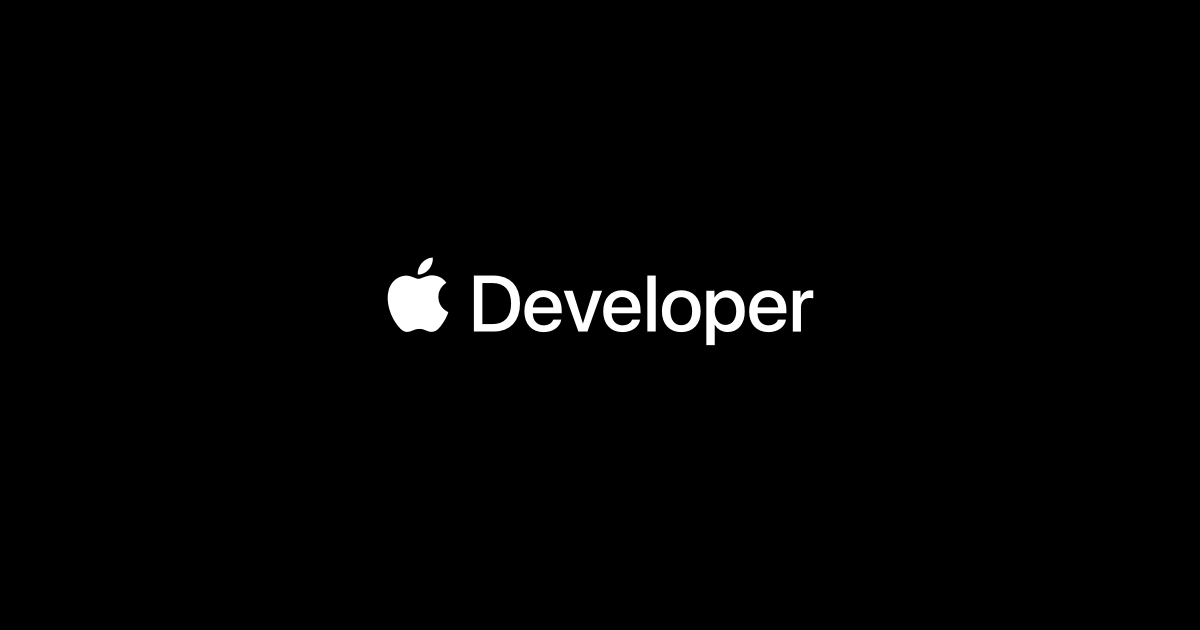Security in Google Api Oauth
Interesting findings while integrating with Google API Google, as a Cloud Mega Corporation, is making tons of services available to it’s customer. Thus it needs comprehensive mechanisms for authentication. From what i see, it heavily relies on the oAuth2 standard. Which is more good than bad :) When you are requesting the offline_access for the second time - it will not give you a refresh token haha. because you’ve fucked up with the refresh token at the first time :)
How to enable Telegram's Instant View feature for your blog
Why It’s very convenient to click an Instant View button under the post in Telegram to check what’s there. Instant View is made by special Telegram Bot and it does not necessarily support your website right away. From what I see, it was designed to work well with static site generators, which define the skeleton of every page really well. The IV bot, in turn, can really well parse that static structure and render the simplified version of the page
Why do you need to pay $99 to Apple to become an Apple developer
Main drivers Here are my main drivers for paying apple. You only can do these things if you are on a paid tier of Apple Developer track: Publishing Apps Access to Push Notifications Capability Access to NFC Capability Siri Capability Unlike Google, which charges $25 once, Apple charges anually (and $99). However, once I paid and was reading some collateral materials from Apple, literally in few minutes i was enrolled and I received the needed capabilities in XCode (Push Notifications, including Background Remote mode).
dotControl Security iOS App Privacy Policy
Move static content to static Jekyll has a rule that any directory not starting with _ will be copied as-is to the _site output. Hugo keeps all static content under static. You should therefore move it all there. With Jekyll, something that looked like ▾ <root>/ ▾ images/ logo.png should become ▾ <root>/ ▾ static/ ▾ images/ logo.png Additionally, you’ll want any files that should reside at the root (such as CNAME) to be moved to static.
Categories Post
I’m a post with multiple categories in the frontmatter: categories = ["programming","lorem","pseudo"] Lorem ipsum dolor sit amet, consectetur adipiscing elit. In mauris nulla, vestibulum vel auctor sed, posuere eu lorem. Aliquam consequat augue ut accumsan mollis. Suspendisse malesuada sodales tincidunt. Vivamus sed erat ac augue bibendum porta sed id ipsum. Ut mollis mauris eget ligula sagittis cursus. Aliquam id pharetra tellus. Pellentesque sed tempus risus. Proin id hendrerit ante. Vestibulum vitae urna ut mauris ultricies dignissim.
Linked post
I’m a linked post in the menu. You can add other posts by adding the following line to the frontmatter: menu = "main" Lorem ipsum dolor sit amet, consectetur adipiscing elit. In mauris nulla, vestibulum vel auctor sed, posuere eu lorem. Aliquam consequat augue ut accumsan mollis. Suspendisse malesuada sodales tincidunt. Vivamus sed erat ac augue bibendum porta sed id ipsum. Ut mollis mauris eget ligula sagittis cursus. Aliquam id pharetra tellus.
Go is for lovers
Hugo uses the excellent go html/template library for its template engine. It is an extremely lightweight engine that provides a very small amount of logic. In our experience that it is just the right amount of logic to be able to create a good static website. If you have used other template systems from different languages or frameworks you will find a lot of similarities in go templates. This document is a brief primer on using go templates.
Hugo is for lovers
This is the summary Goto hugo releases and download the appropriate version for your os and architecture. Save it somewhere specific as we will be using it in the next step. More complete instructions are available at installing hugo
Creating a new theme
Introduction This tutorial will show you how to create a simple theme in Hugo. I assume that you are familiar with HTML, the bash command line, and that you are comfortable using Markdown to format content. I’ll explain how Hugo uses templates and how you can organize your templates to create a theme. I won’t cover using CSS to style your theme. We’ll start with creating a new site with a very basic template.










